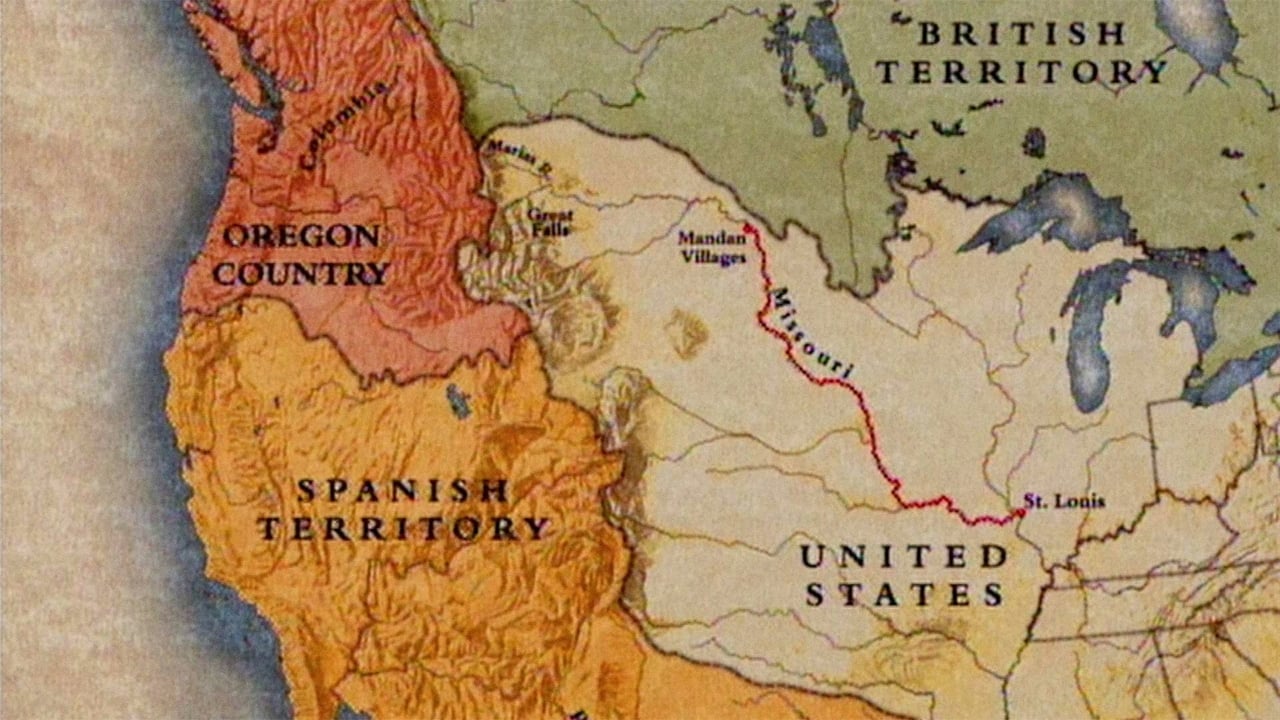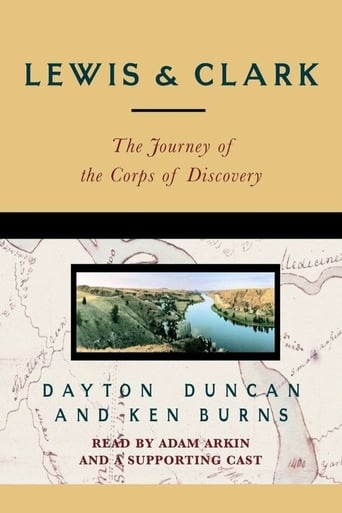



Blending excellent reporting and strong storytelling, this is a disturbing film truly stranger than fiction
View MoreThere are moments that feel comical, some horrific, and some downright inspiring but the tonal shifts hardly matter as the end results come to a film that's perfect for this time.
View MoreIt really made me laugh, but for some moments I was tearing up because I could relate so much.
View MoreOne of the film's great tricks is that, for a time, you think it will go down a rabbit hole of unrealistic glorification.
View MoreBrilliant documentary.The story of Meriwether Lewis and William Clark, the two adventurers who, in 1804-06, explored and charted North West America, from St Louis to Oregon. Written and directed by master-documentarymaker Ken Burns, the man who gave us the greatest documentary series ever made, The Civil War. Thus, you always knew this was to going to be excellent.In incredible detail we see the perils they faced, the ordeal of their journey and the importance of their efforts. Very engaging - even though it is only a documentary (rather than a drama), you are engrossed in their travails and discoveries.A must-see for anyone with an interest in history.
View MoreI be an old fart of 60 years. I enjoy Walking Dead and GoT so I believe I have a pretty well rounded circle of influence.That stated this film blows me away (far, far away). As I sit in my 3 BR 3 B AC'd and heated house, with a full fridge of nourishment, I finish watching this film desperately wishing I could have been one of the Corp. A deep melancholy settles into me. The only cure I have found for this morbid depression is to get my rig ready, and shoot up my medicine by hitting replay. Again, and again, and again,...... I fear for my sanity. I have tried exploring the wilderness around me, but I can only hike a few yards without meeting some other human or their waste. Alas.
View More"Lewis & Clark: The Journey of the Corps of Discovery" is a very lengthy documentary that seems almost as long as the group's two year journey! This really isn't a complaint--more a comment about how incredibly thorough the show is. It's yet another exquisitely made documentary by Ken Burns--using the same wonderful and familiar style you'll see in his other PBS films. And, perhaps, it's made a bit better--very slow and lovingly rendered. The cinematography might just be the best thing about it--with wonderful vistas of the west and northwest United States. There were a few interesting surprises in the film--especially concerning Lewis' sad life due to debilitating difficulties which today would be diagnosed as a Bipolar Disorder. The interactions of the expedition with the natives was also an interesting surprise. All in all, a terrific film--just know that you'll need to devote a lot of time to it. However, IMDb indicates it's four hours long but the DVD was only about three and a half. I am not sure what this discrepancy is all about--I assume that the time listed on IMDb is just a simple mistake.By the way, it's never mentioned in the film, but I wonder if President Jefferson sent OTHER expeditions as well but these were just never heard from again. Could this be the case? I do know that Zebulon Pike was soon sent on another western expedition--but there must have been others.Perfect in every way--not to be missed.
View MoreBeautiful Cinematography. Excellent narration. Inspiring. What a Journey !!!
View More